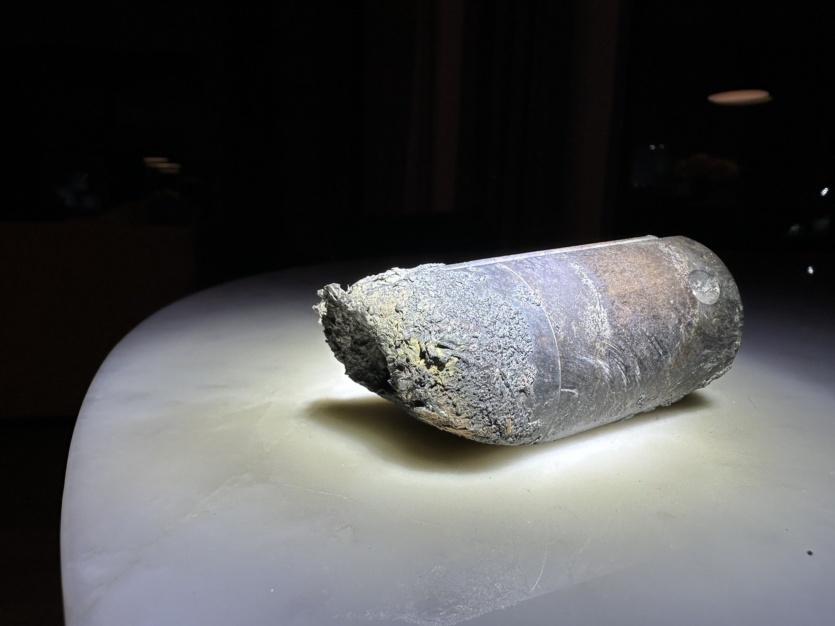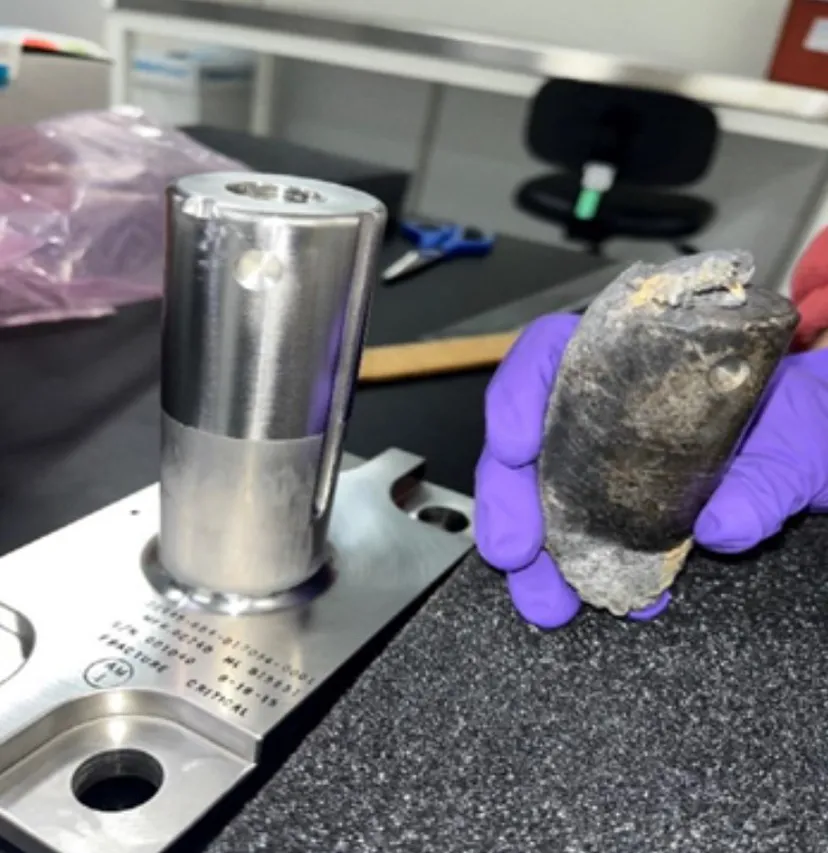
The space debris was simply ejected from the station – it was supposed to burn up in the Earth’s atmosphere, but one of the fragments “survived” and broke through the roof and floor of a Florida resident’s two-story house.
NASA experts immediately arrived at the scene and took the kilogram object for further investigation.
The agency has now confirmed that it did indeed “arrive” from the ISS and is part of a cargo pallet with old batteries weighing 2,630 kg (namely, a “support beam”) that was jettisoned from the station back in 2021.
The EP-9 equipment pallet reentered at 1929 UTC over the Gulf of Mexico between Cancun and Cuba.
This was within the previous prediction window but a little to the northeast of the ‘most likely’ part of the path.
A couple minutes later reentry and it would have reached Ft Myers– Jonathan McDowell (@planet4589) March 8, 2024
The support itself is made of nickel (a metal alloy that can withstand extreme conditions such as high temperature, pressure, or mechanical stress), weighs about a kilogram, and measures 10 cm in height and 4 cm in diameter (slightly smaller than a standard Red Bull can).

Image: NASA
“The equipment was expected to burn completely during re-entry on March 8, 2024,” NASA said.
“The ISS will conduct a detailed investigation to determine the reason for the ‘survival’ of the debris and update modeling and analysis as necessary.
These models require detailed input parameters and are updated regularly when debris is found to have survived re-entry into the Earth’s atmosphere.”
The story of the ISS debris is related to the failed launch of the Russian Soyuz spacecraft more than 5 years ago, which was forced to perform a rapid ballistic descent due to problems with the launch vehicle.
On board were Russian Aleksandr Ovchinin and NASA astronaut Nick Haig – the latter was supposed to go into space to install a new set of lithium-ion batteries delivered by the Japanese HTV cargo ship to the ISS, but the mission was postponed until 2018.
This delay in the carefully crafted schedule has thrown a wrench into the entire multi-year plan to modernize the batteries of the ISS electrical system.
Each time, the HTV ship delivered new batteries to the station and picked up the old ones – the last time it happened in 2020, and since then the last design with faulty batteries has remained on the ISS (other cargo vehicles – SpaceX’s Dragon, Northrop Grumman’s Cygnus and Russia’s Progress – cannot accommodate the HTV cargo pallet).
In March 2021, NASA “ejected” the cargo with batteries using a robotic arm – it drifted in orbit for three years until aerodynamic drag pushed the structure back into the atmosphere.

